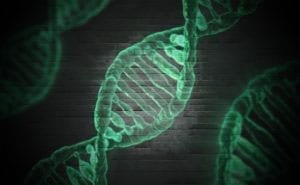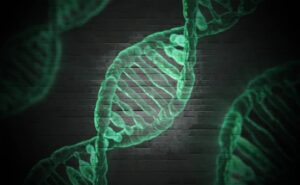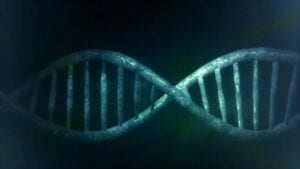GM1 Gangliosidosis
What is GM1 gangliosidosis?
GM1 gangliosidosis is a rare, progressive lysosomal storage disorder that is characterized by the death of neurons in the brain and spinal cord. Some researchers divide this disease into three distinct types, while others view it as a continuous disease spectrum due to similarities in symptoms.
What are the symptoms of GM1 gangliosidosis?
The symptoms of GM1 gangliosidosis vary depending on what type one has or the age of onset. The disease is divided into three categories: type 1 or infantile, type 2 or late infantile/juvenile, and type 3 or adult/chronic.
Symptoms associated with the infantile form are the most severe out of the three types. Affected individuals typically begin to notice them around six months of age, at which time their development will slow and muscles will weaken. Other symptoms include developmental regression, an exaggerated startle reaction, seizures, skeletal abnormalities, loss of vision, cloudy corneas, enlarged liver/spleen, intellectual disability, enlarged gums, cardiomyopathy, and cherry-red spots in the eyes. This form is typically fatal in early childhood.
The severity decreases with type 2 of this disease, with symptoms typically becoming noticeable around 18 months to five years of age. It shares similar effects to type 1 but does not cause cherry-red spots, enlarged liver/spleen, or distinctive facial features. Affected individuals typically survive until mid-childhood to early adulthood.
The adult or chronic form of this disease is the least severe. Most affected individuals begin to experience symptoms in their teens, although this age may vary. The major symptoms are abnormalities of the spinal bones and dystonia. Life expectancy varies.
What causes GM1 gangliosidosis?
The GLB1 gene plays a role in the production of the beta-galactosidase enzyme, and it is mutated in those with GM1 gangliosidosis. This enzyme is necessary to the function of lysosomes and breaking down various substances, one of which is GM1 ganglioside. This substance is essential for normal brain function.
When this gene is mutated, GM1 ganglioside is no longer broken down when it’s not needed, leading to an accumulation. When the buildup reaches toxic levels, it leads to neuron death and the characteristic symptoms of GM1 gangliosidosis.
The mutated GLB1 gene is inherited in an autosomal recessive pattern, meaning both parents must pass down an altered gene.
How is GM1 gangliosidosis diagnosed?
A definitive diagnosis of GM1 gangliosidosis is obtained through either molecular genetic testing or enzyme analysis.
What are the treatments for GM1 gangliosidosis?
There are currently no therapies that have been approved for this condition. Treatment is symptomatic.
Where can I find out more about GM1 gangliosidosis?
GM1 Gangliosidosis Articles

GM1 Gangliosidosis Gene Therapy Shows Promise In Early Trial So Far

First US Patient Dosed in LYS-GM101 Trial for GM1 Gangliosidosis

LYS-GM101 for GM1 Gangliosidosis Granted Fast Track Designation


A Gene Therapy Clinical Trial for GM1 Gangliosidosis will Begin This Year in the UK

Approvals Granted to Begin LYS-GM101 Clinical Trial for GM1 Gangliosidosis

Experimental Gene Therapy for GM1 Gangliosidosis Earns Rare Pediatric Disease Designation







